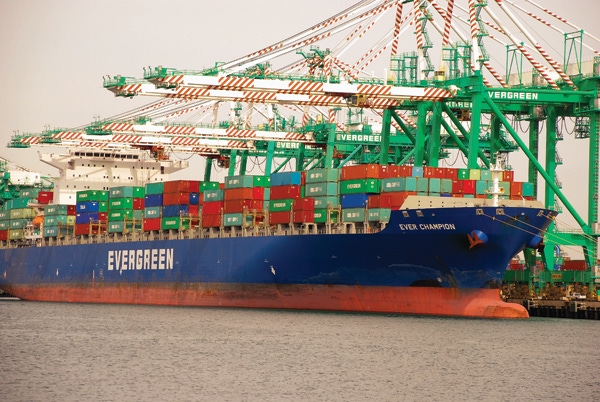Opinion: Japan, Indonesia Look To FMD Free-Zoned Meat
The desire for countries to access cheaper meat from FMD-based countries is a growing trend amongst meat-consuming nations.
August 30, 2012

The desire for countries to access cheaper meat from FMD-based countries is a growing trend amongst meat-consuming nations. Indonesia has recently announced it’s considering changes in legislation to enable importers to source beef from FMD-free zones.
The driving force behind the move is the growing disparity in world beef prices between non-FMD countries and FMD countries, and the prices received for their meat exports. This price difference is most obvious in the high-priced U.S. market, which is buying non-FMD country meat like Australia at a 30 % premium over FMD country meat levels. This price premium is expected to be maintained or even widen due to the drought-stricken U.S. beef herd.
For all the same reasons, I believe it is that price disparity that is driving this week’s announcement by both Argentina and Brazil to challenge the U.S. government’s long-time policy on not accepting fresh beef from FMD countries. Brazilian Minister of Agriculture Mendes Ribeiro Filho says the Brazilian government is looking into the possibility of joining forces with Argentina on challenging the U.S. within the World Trade Organization (WTO).
Japan’s decision to import Brazilian pork highlights how close Japan is to accepting the Brazilian state of Santa Catarina’s other meat items like beef into the Japan retail sector. Santa Catarina has a cattle population at 3.5 million head.
The Japanese Ministry of Agriculture's animal sanitation risk commission completed its assessment of Brazilian pork imports this week and held a public meeting discussing its findings. The discussions were reported as favorable to the interests of Brazil.
Pedro de Camargo Neto, executive president of the Brazilian Pork Exporters Association (Abipecs), said recently that exports to Japan would have begun in 2011, but the March 11 tsunami and an FMD outbreak in Japan delayed the start.
These world beef price differences have also forced Indonesia’s government to consider changing its regulations on importing frozen beef and live cattle from FMD countries. The legislation being drafted would allow Indonesia to source cattle from any zone free of FMD.
Local Indonesian consumers have been complaining about rising beef costs and the increasing circulation of illegal beef imports. The Indonesian government’s challenge is to control and legitimize this cheaper beef.
This would mean that Indonesia would move from a country-based classification system to a zone-based system enabling Indonesia importers to accept beef and cattle imports from FMD-free zones – states or regions – from nations like India, Brazil and Argentina.
U.S. resists Brazil/Argentina push
It’s this exact same zone-based system that Brazil and Argentina want the U.S. government to recognize and adopt. The World Organization for Animal Health (OIE) has approved regions that have been vaccinated against FMD and are now registered as FMD free. USDA, however, doesn’t accept beef from these regions (with the exception of Uruguay)
This month’s USDA listing of export countries confirmed as FMD-free stood at 53, but only 22 have been given U.S. export access. Another 29 countries have been refused access because they either share a common border with an FMD country or they currently import FMD-country products in one form or another.
Argentina’s frustration is due to OIE’s recognition of the southern Patagonia region as free of FMD without vaccinations since 2003. While the U.S. government has expressed its willingness to accept this region’s beef, it has delayed the authorization.
Provision under WTO has been made for countries like Argentina to argue they meet USDA standards under the sanitary and phytosanitary measures agreement first established when WTO came into being in 1994. This was put in place as a mediation procedure but little progress has been made.
This week, the Argentina Trade Office complained that the U.S. needs to complete the necessary phytosanitary tests (after a decade) so that Argentine meat products can access that market. “It is evident that the impediments imposed on Argentine goods are part of a U.S. protectionist policy inconsistent with the rules of WTO,” the trade office charged.
Russia to approve more Brazilian plants
The desire to access lower beef prices from FMD-based countries is also occurring from Brazil into Russia. Russian veterinary inspectors have just completed another round of meat plant inspections in Brazil with the latest inspections involving 20 meat plants across six Brazilian states.
As of July, the increase in shipments from Brazil to Russia increased by 27.3% (22,952 mt) compared to the same time frame last year. With more plants expected to be approved this quantity is likely to increase dramatically.
Simon Quilty is an Australia-based freelance writer on meat topics and trade.
You May Also Like


.png?width=300&auto=webp&quality=80&disable=upscale)
